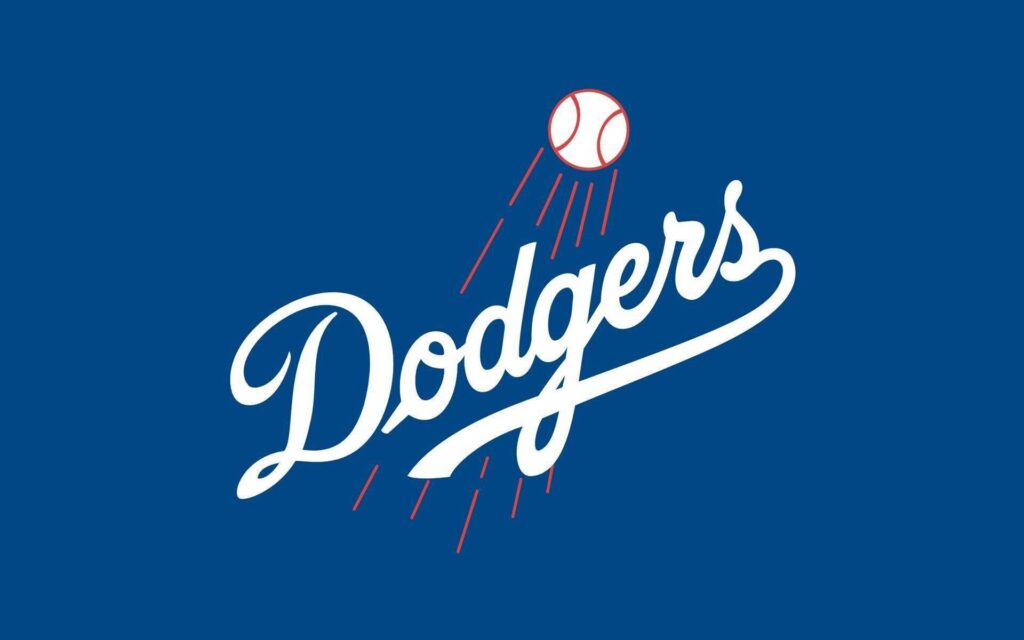As the Major League Baseball postseason intensifies, the Los Angeles Dodgers and Toronto Blue Jays find themselves at a pivotal crossroads with the World Series set to shift to Los Angeles. Both teams face unique challenges and opportunities on their home turf, where strategy, execution, and adaptability will be crucial to securing baseball’s ultimate prize. In this article, we break down what the Dodgers and Blue Jays must do to capitalize on the home-field advantage and advance to glory in front of a passionate L.A. crowd.
Dodgers Must Leverage Home Field Advantage Through Strategic Pitching Adjustments
Maximizing their home field advantage at Dodger Stadium is crucial for the Dodgers as the series transitions to Los Angeles. The pitching staff must adapt to the unique dimensions and hitter-friendly environment of their ballpark. Utilizing a mix of off-speed pitches and high fastballs can disrupt the timing of opposing batters who are accustomed to more neutral conditions on the road. Additionally, tailoring bullpen usage to exploit favorable matchups, especially against left-handed power hitters, will be vital in stifling the Blue Jays’ offense under pressure.
Key strategic pitching adjustments include:
- Emphasizing sinkers and cutters low in the zone to induce ground balls.
- Increasing the use of curveballs and changeups early in counts to keep hitters off balance.
- Deploying relievers with extreme platoon splits at high-leverage moments.
| Pitch Type | Effectiveness at Dodger Stadium | Recommended Usage |
|---|---|---|
| Sinker | High groundball rate | Early innings, 60% |
| Changeup | Disrupts timing | At-bats with fewer than 2 strikes, 30% |
| Fastball (High) | Induces weak contact | Count advantages, 50% |
Blue Jays Need to Strengthen Offensive Consistency to Counter Dodgers’ Bullpen Depth
The Blue Jays’ offense has shown flashes of brilliance but has struggled to maintain consistent production against the Dodgers’ formidable bullpen. With the World Series heading to Los Angeles, Toronto must find ways to ignite their lineup and capitalize on every scoring opportunity. Key hitters need to adjust their approach by focusing on plate discipline and situational hitting to avoid quick innings and wasted at-bats. The Dodgers’ bullpen, a well-oiled machine featuring multiple late-inning specialists, thrives on neutralizing threats with precise execution, forcing the Blue Jays to come prepared with a mix of patience and aggression.
To counteract this, Toronto’s coaching staff could emphasize targeted strategies:
- Loading the Bases: Encouraging aggressive baserunning and selective aggressiveness to put pressure on relievers.
- Early Contact: Prioritizing two-strike contact to extend at-bats and force mistakes.
- Mixing Up Lineups: Utilizing versatile hitters to create matchup advantages against specific bullpen arms.
The ability to manufacture runs, especially against the Dodgers’ late-inning arms, will be a determining factor. The following table summarizes the key bullpen matchups that highlight the challenge Toronto faces in Los Angeles:
| Dodgers Reliever | ERA | WHIP | Strikeout Rate |
|---|---|---|---|
| Kenley Jansen | 1.80 | 0.95 | 32% |
| Blake Treinen | 2.10 | 1.05 | 28% |
| Joe Kelly | 2.45 | 1.10 | 30% |
Capitalizing on Dodger Stadium Conditions Will Be Key for Both Teams to Clinch Victory
Both the Dodgers and Blue Jays must adapt quickly to the unique atmosphere and dimensions of Dodger Stadium, where pitching strategy and ball trajectory shifts come into sharp focus. The stadium’s expansive outfield demands precise communication in the field, especially with the sun setting in ways that can obscure visibility during crucial late innings. Offensively, hitters on both squads will need to leverage the park’s reputation for favoring power hitters, taking advantage of the favorable wind patterns that often carry balls over the fences.
Key factors for success include:
- Utilizing the bullpens effectively to counter long-ball threats under the lights.
- Maximizing situational hitting, with emphasis on line drives and gap-to-gap contact to exploit Dodger Stadium’s expansive gaps.
- Staying mentally prepared for rapid weather and lighting changes that can influence gameplay.
| Pitching Strategy | Offensive Approach |
|---|---|
| Limit fly balls to outfield gaps | Focus on power hitting in downwind innings |
| Deploy relievers adept at ground-ball inducing | Aggressive base running to pressure defense |
| Adjust pitch sequencing for sun-setting offense | Optimize batters’ timing with changing light |
The Way Forward
As the World Series shifts to Los Angeles, both the Dodgers and Blue Jays face pivotal moments that could define their championship aspirations. For the Dodgers, leveraging home-field advantage and tightening their bullpen will be key, while the Blue Jays must capitalize on timely hitting and maintain their pitching depth to stay competitive in an intense environment. Ultimately, the outcome will hinge on which team adapts best to the pressures and opportunities presented by Dodger Stadium. Fans can expect a thrilling conclusion as these two squads battle for baseball’s ultimate prize on familiar turf.
